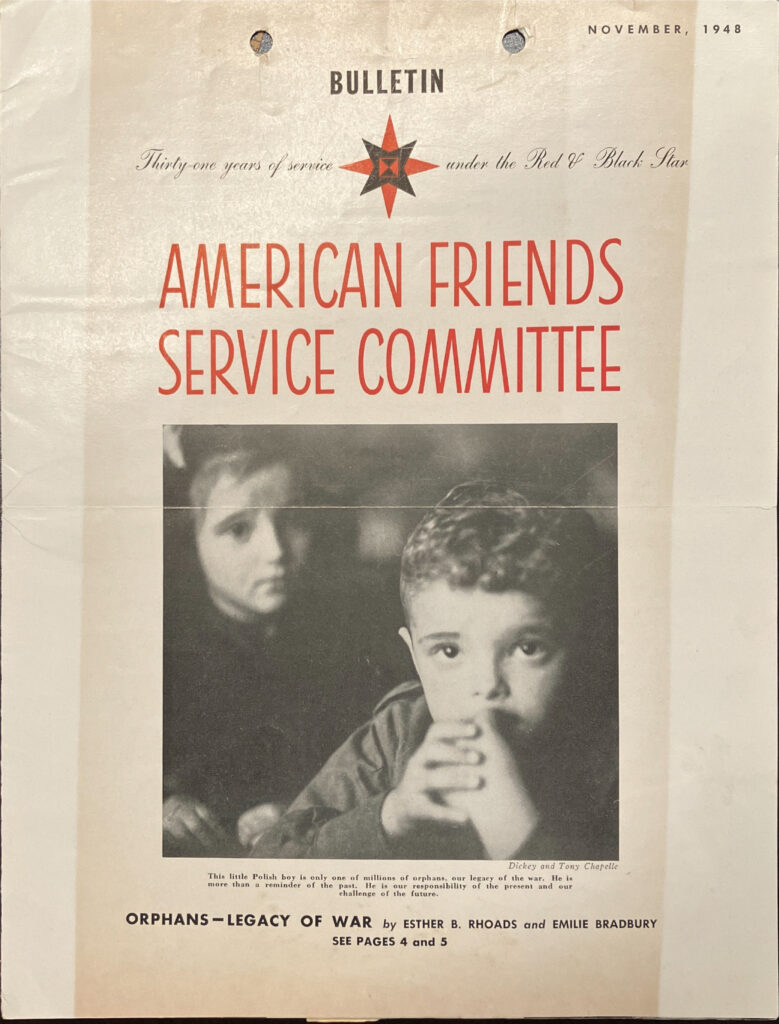Licensed Agencies for Relief in Asia (LARA) Brochure, 1949
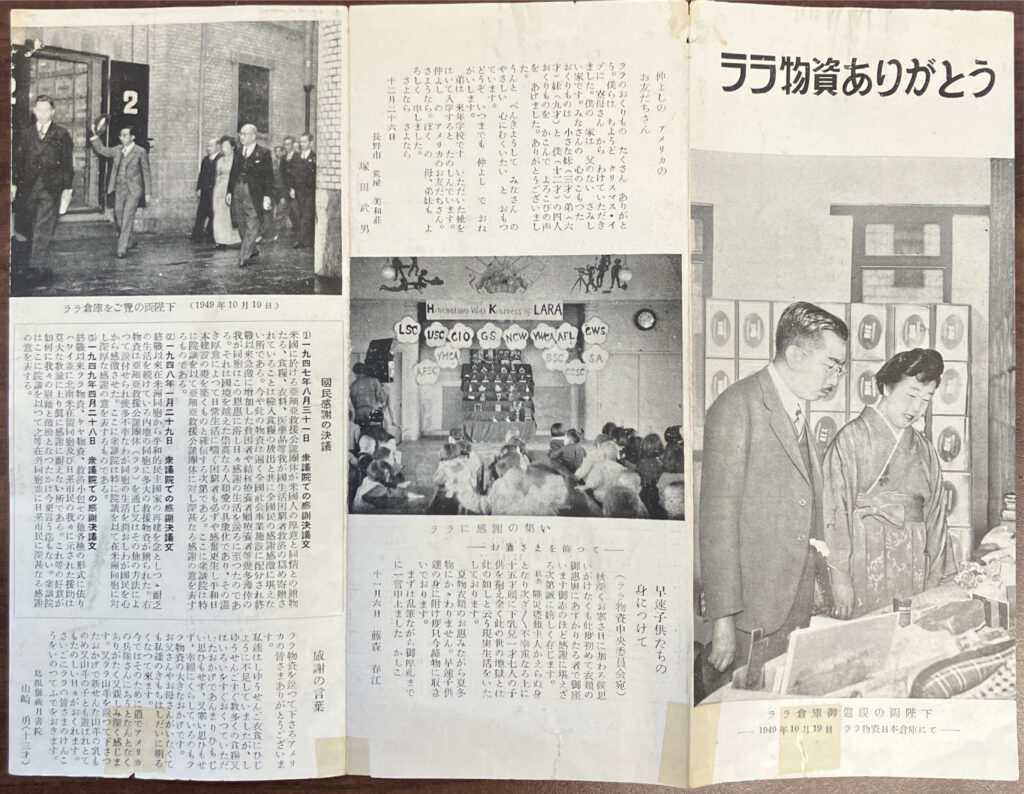
Japanese American Welfare Society (1946 – 1952)
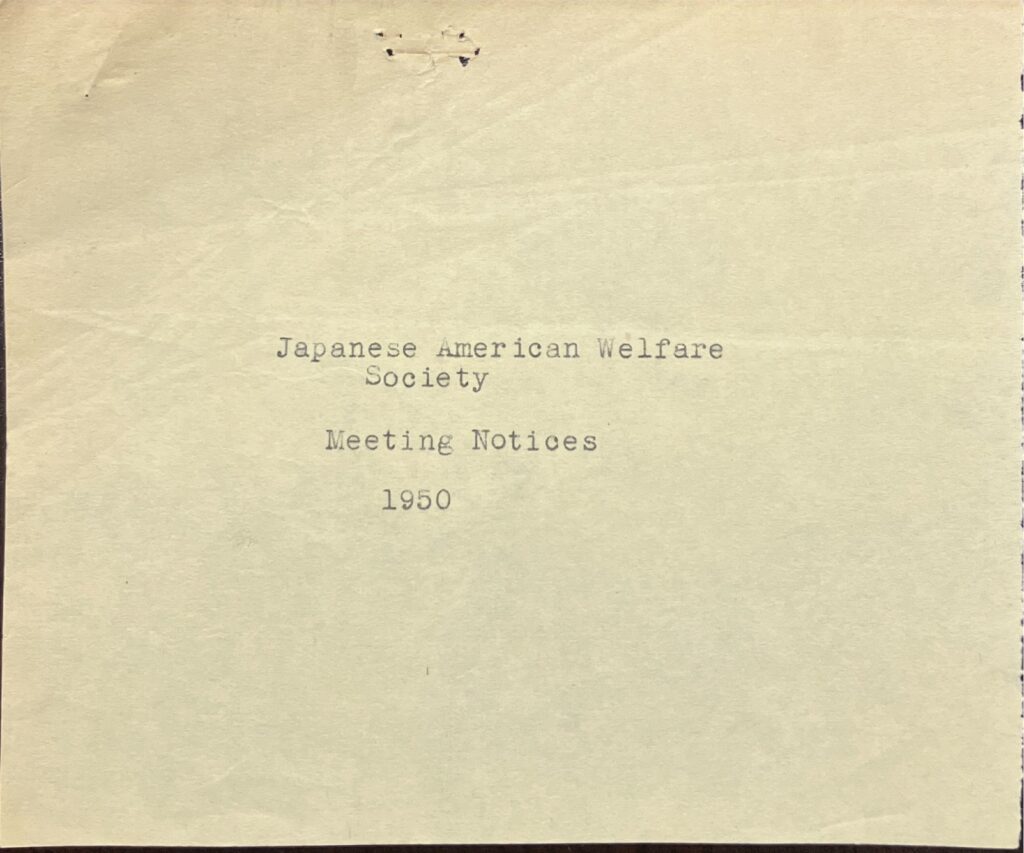
“Of Milk and Eggs” a Pamphlet published by the New York Japanese American Committee for Japan Relief
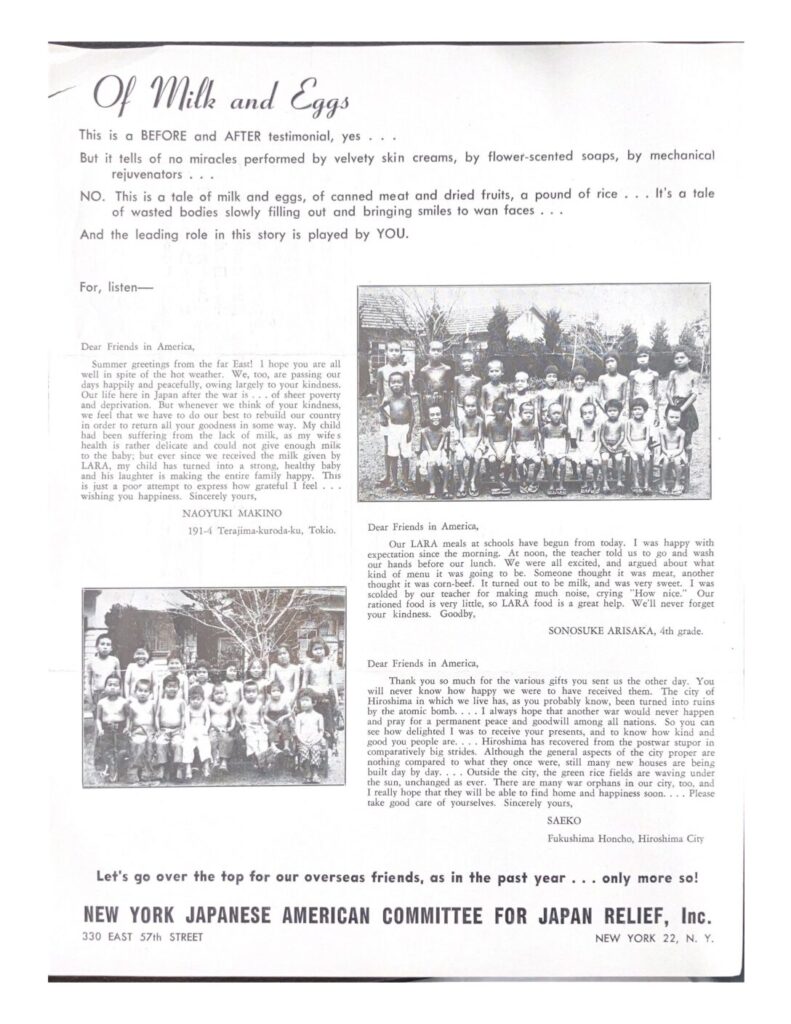
A Letter from the American Friends Service Committee to the New York Japanese American Committee for Japan Relief Inc
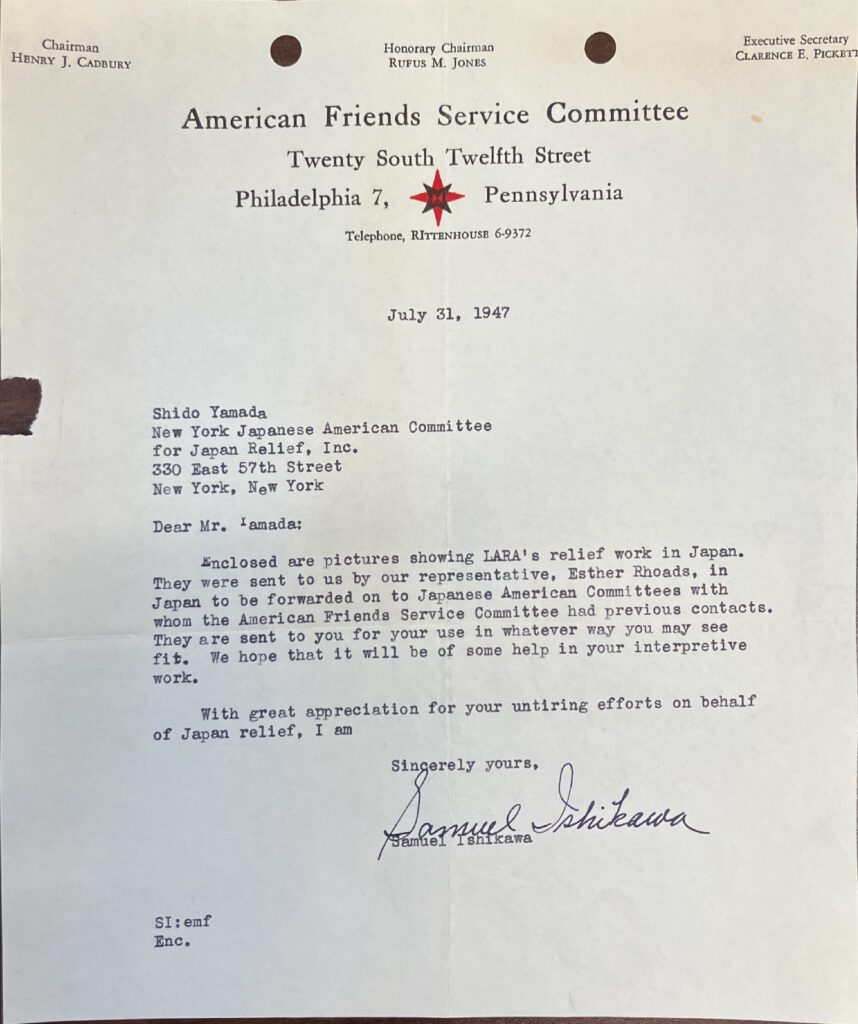
Donation Letter by the Japanese American Committee 1947
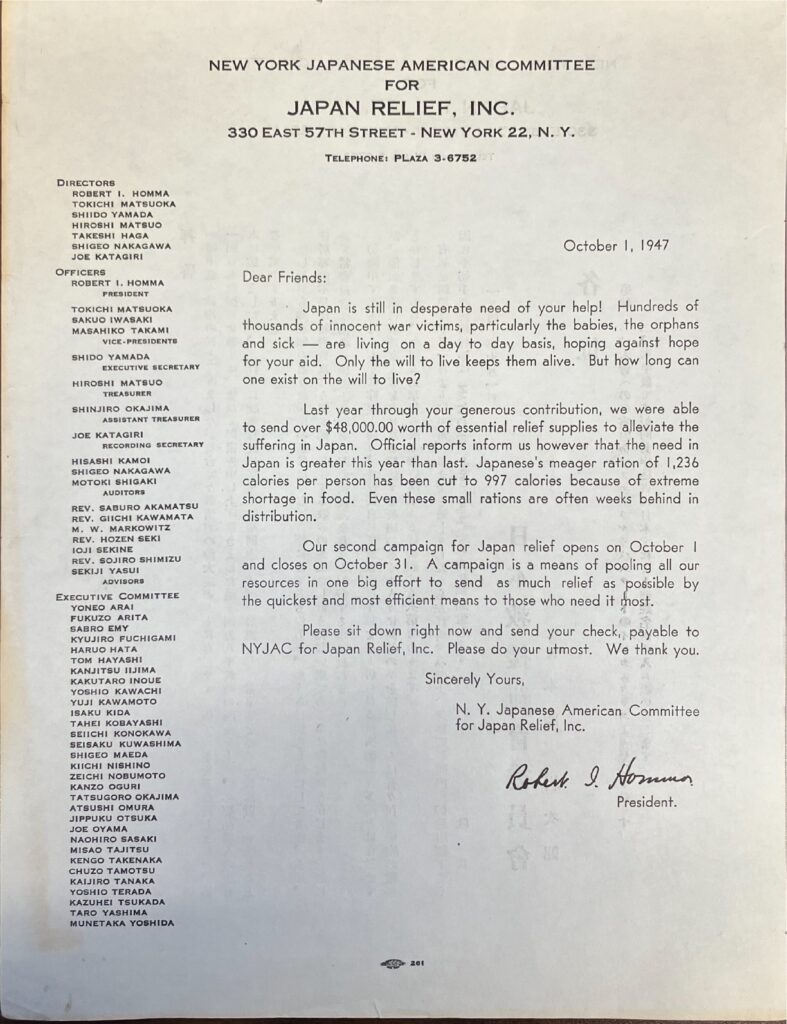
Thank You Letters from Japanese People to Licensed Agencies for Relief in Asia and The New York Japanese American Committee for Japan Relief Inc.
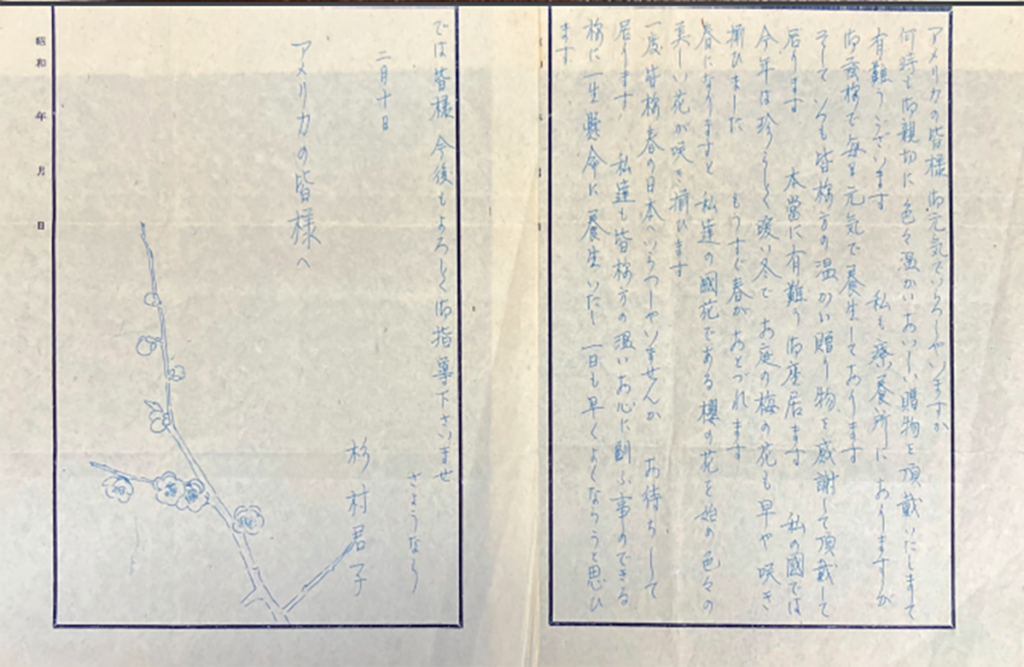
New York Japanese American Committee for Japan Relief Inc. 1947-1952

Japan Relief Fundraiser Program
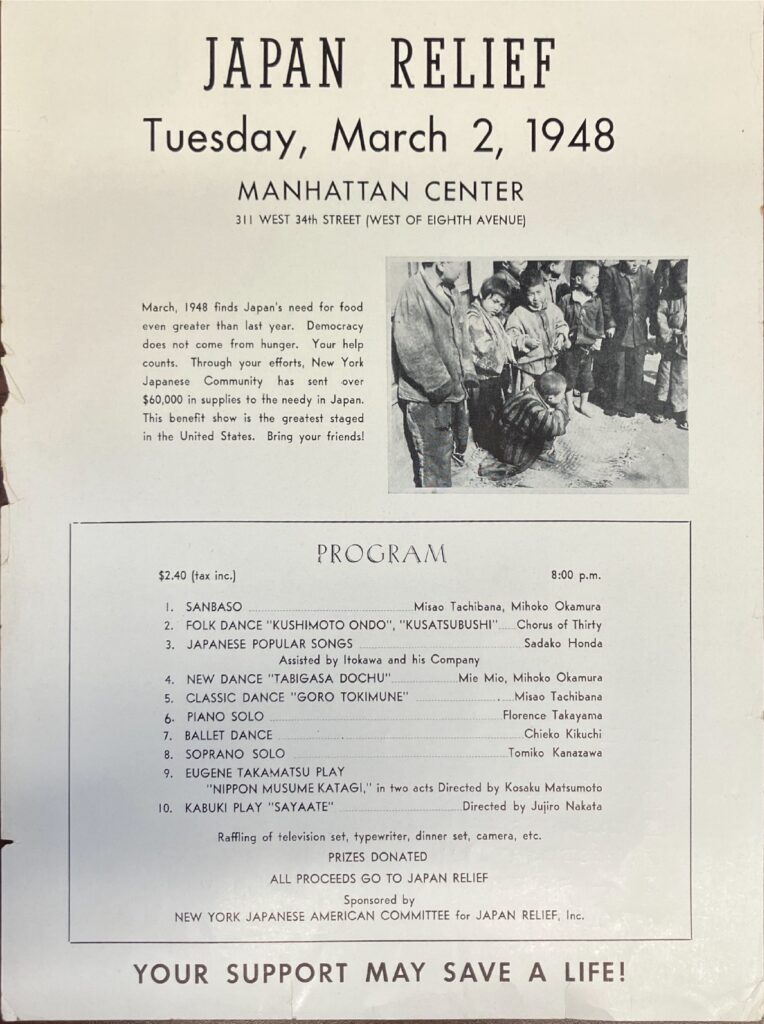
Pamphlet published 1948 by the Japan Relief Committee appealing for Japan relief
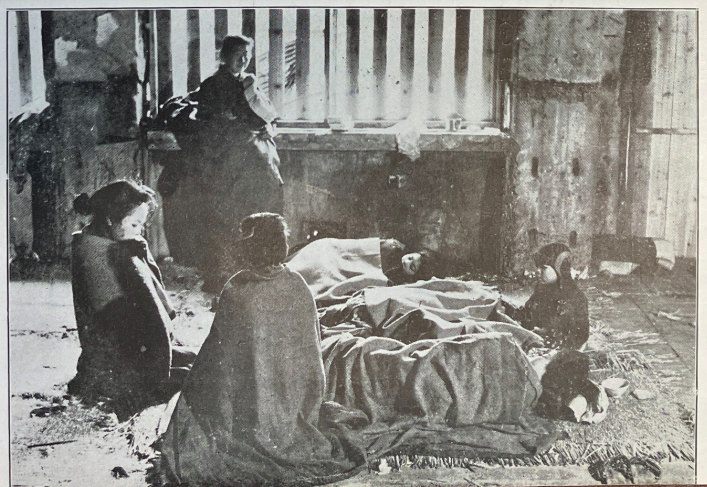
American Friends Service Committee Bulletin 1948 on LARA in Japan
